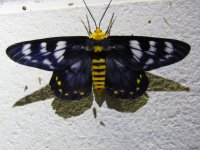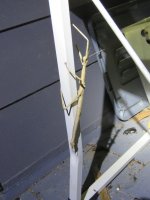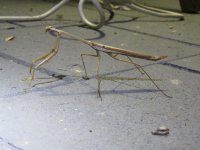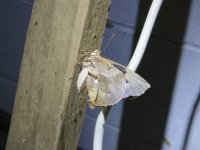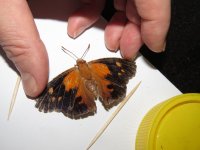Hi Dom
I think you'll find it is Fodina ostorius (Donovan, 1805).
Best wishes
Martin
Thanks Martin, I found it late yesterday and had forgotten to update
Hi Dom
I think you'll find it is Fodina ostorius (Donovan, 1805).
Best wishes
Martin
Thanks again Martin. Had not found this one. Will look properly on the laptop in the morning but it certainly looks good time on my phone screen.Hi Dom
This semms to match the specimen here (http://www.boldsystems.org/index.php/Taxbrowser_Taxonpage?taxid=282894) labelled as Spatulipalpia haemaphoralis which, in the Globiz database, is placed in the genus Pseudodavara - but you may well know all of this.
Martin
